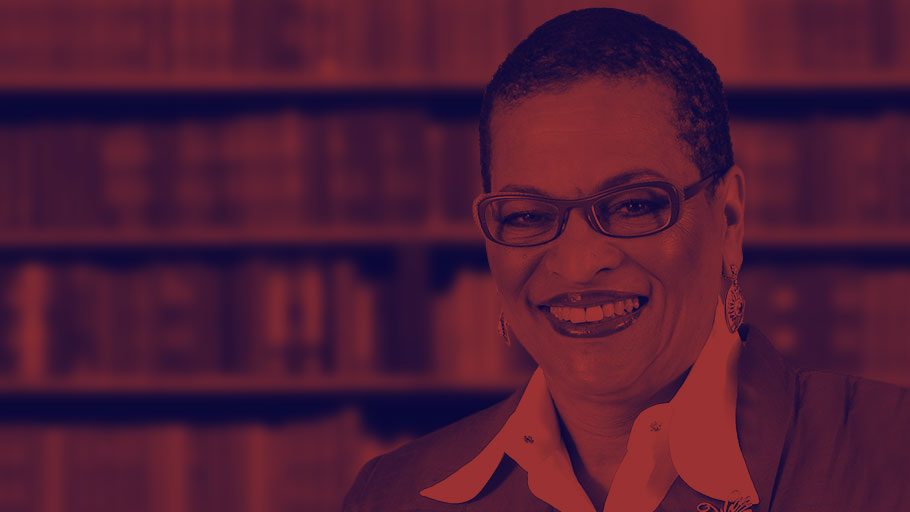The Bipartisan Safer Communities Act, signed into law on June 25, 2022, was a win for the Biden-Harris Administration. The legislation was genuinely bipartisan, more so in the Senate, where 15 Republicans joined 50 Democrats to pass the legislation, than in the House, where only 14 Republicans joined Democrats in passing the legislation. While I often think of the Senate as the more partisan of the two legislative bodies, it is notable that 30 percent of Republican Senators were willing to join their colleagues to stop gun violence and to provide funds for mental health, and community violence intervention, school safety, and some control. In contrast, fewer than 7 percent of Republican Congressional representatives were willing to cross party lines.
Buoyed by the legislative victory, President Biden has now released a Safer Communities Plan, which is reflected in his 2023 budget. While many aspects of this plan are laudable, one of the most troubling aspects is the plan to commit $13 billion over five years to flood the streets with 100,000 more police officers. The program uses the correct language by saying it will support “accountable” policing, but not a week goes by when we do not learn of the unaccountable policing that rankles anyone who believes in human rights. We don’t have to go back down memory lane to call the names of Tamir Rice, Michael Brown, Sandra Bland, or George Floyd. Just this year, there have been more martyrs. Joyland Walker was executed in Akron. Patrick Loyola was killed in Grand Rapids, Michigan. Amir Locke was asleep on a couch in his cousin’s apartment in Minneapolis when a no-knock warrant allowed police offers to enter and shoot him in the head. And yet we need more police?
Violence is in the news, and it is escalating. During the weekend of July 23-24, 65 people were shot and five killed in Chicago. While many describe Chicago as the epicenter of gun violence, no city is immune to it. No city is immune to other forms of violence, as well. I think, especially of economic violence, how economic tools are used to forcefully take life, liberty, and supply from people. The market forces that create homelessness are forms of economic violence. The gentrification that pushes people out of their neighborhoods is a form of economic violence. Rising prices and the inflation that hits poor people harder are also forms of economic violence. We can get exercised about physical violence, but we are far too silent about economic violence.
The World Health Organization defines violence as “The intentional use of physical force or power, threatened or actual, against oneself, another person, or against a group or community that either result in or has a high likelihood resulting in injury, death, psychological harm, maldevelopment, or deprivation.” Unpacking that definition, it is clear that this country was built on a foundation of violence. Taking Native land and eliminating much of the Native population was violence. Enslaving African people was violence. Lynching was violence. More benignly but still harmful, mass incarceration, gentrification, segregation, and blighted schools are violence. We pass legislation to combat some forms of violence. We decry gang violence without asking where these gangs come from, how they were formed, and what in our culture glorifies violence.
I will not make excuses for those who pick up guns and kill folks, even when it is young men shooting each other in the street. There are not enough “mental health” so-called explanations to contextualize the rabid monsters who shot up Black elders in Buffalo, New York, or baby Latino innocents in Uvalde, Texas. And there is no excuse for the economic violence that traps people in poverty-tinged existences with either inadequate housing or none, with food bank food or less. Poverty is a form of economic violence. Joblessness is a form of economic violence. Predatory capitalism is a form of economic violence, and many corporate entities benefit from economic violence.
If we want to combat violence, we need to fight all of it, from the shootings in the streets to the racist killings in supermarkets to the capitalistic violence that pushes people into poverty that can generate nothing but pain, despair, and violence. The Safer Communities Plan is a step in the right direction, but it is a misstep if it hinges on putting more police on the streets.















